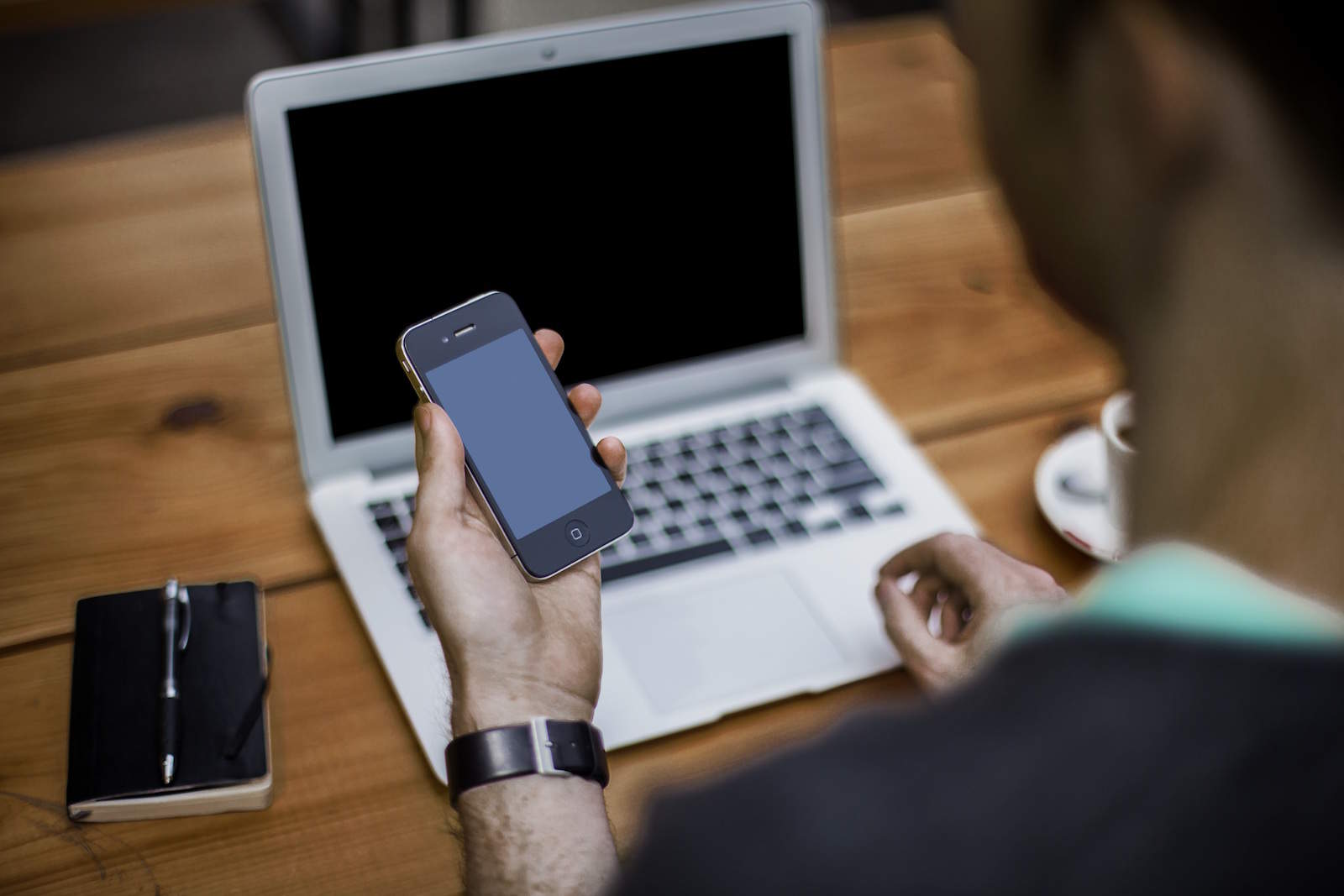More often than I care to admit, I’ll think I feel a tap from my Apple Watch. But then when I check the screen, I’ve received nothing: no texts, no phone calls, no notifications of any kind. It’s really weird and makes me feel like I’m finally losing it.
I usually just assume the watch shifted a little on my wrist, and that I’m not hallucinating at all. But psychologists are suggesting that what’s happening to me and others (you can admit it; this is a safe place) may be the technological arm of some actual psychological issues dealing with attachment, fear of rejection, and a chronic need for validation.
People are calling this symptom “ringxiety” because I’m pretty sure that we’ve really lost our sense of pride in portmanteaus as a culture.
In a recent study, University of Michigan research assistant professor Daniel Kruger and research assistant Jaikob Djerf attempted to correlate the phenomenon of phantom calls and texts with conditions like attachment anxiety and attachment avoidance. Of their 411 volunteers, all of whom suffered from either anxiety or avoidance, 80 percent reported feeling false vibrations. Almost half said they had actually heard their phone ringing.
“Phantom ringing and phantom notifications in one sample were significantly predicted by attachment anxiety,” Kruger said.
And you don’t just have to worry about feeling like you’re going out of your mind, either. Ringxiety might also produce physical symptoms.
These include “headaches, stress, and sleep disturbances,” according to Brenda Wiederhold, editor-in-chief of the journal Cyberpsychology, Behavior, and Social Networking, which published Kruger and Djerf’s findings.
While the new report suggests that people may be predisposed to ringxiety based on their psychological profiles, it might also just be a result of always carrying around the devices that keep us in touch with the world.
Wearables like the Apple Watch, with its gentle, notifying taps, make our notifications more prevalent and physical. And because we know that we could get a notification at any second of the day, some people may just come to anticipate them and create the phantom vibrations or rings, although being especially twitchy or anxious certainly won’t help your case much.
Via: Telegraph


